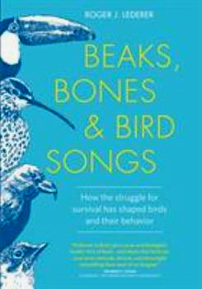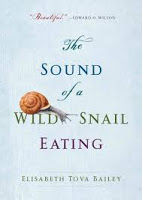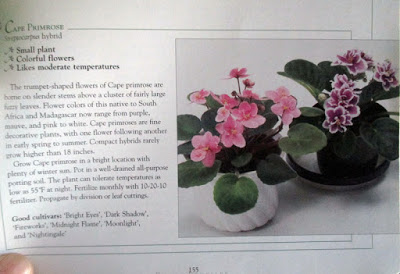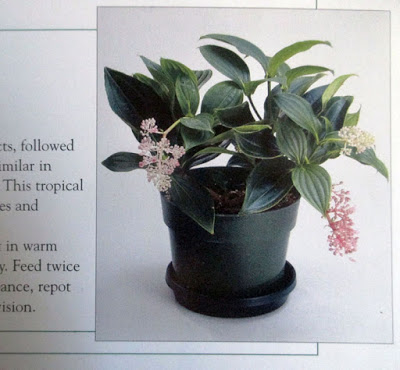I just can’t seem to help myself. When the books are free, I grab everything that looks interesting. Regardless of whether I’ve ever heard of it before. And I hadn’t been to the Book Thing in several years, so I was extra-excited about the prospects. So… I brought seventy-two new-to-me books home this weekend. I won’t make notes on them all, because I know so little about most of them- but really, how can you pass up titles like Wooden Fish Songs or The Grasshopper King? And things like Through the Eyes of a Young Naturalist look like they were written just for me.
Well, here they are! Some brief mentions about each stack just below it. You can click on any image to see the titles larger. If you recognize some of these books, please do tell me how wonderful (or awful) they are! I’d love to know.

Those three little black books on the top seem to be humorous accounts of a young physician’s first years of practice. They look entertaining.
Lad: A Dog by Albert Payson Terhune. I read this wayyy back in the days when I was also going through all the Jim Kjelgaard books I could get my hands on. Like Lassie, it’s about a remarkably intelligent hero-dog man’s best friend yadda yadda. But I might still like it and get some nostalgia out of reading it again.
Snake by somebody Gody seems to be about a black mamba that terrorizes New York City. I probably won’t be frightened but might get some good chuckles out of it.
The Kitchen Madonna and The Diddakoi by Rumer Godden- always anxious to read more Godden but I’m hoping Diddakoi isn’t the one that I recall Jenny decrying as the worst Godden book ever…. !
The Mimosa Tree by Vera and Bill Cleaver- I picked this one up just because I am so delighted in the little mimosa tree in my windowsill, not that I have any clue what the book is about!
Love, Let Me Not Hunger by Paul Gallico- another author I’ve loved but read very few of his works. Never heard of this one before and curiously turning some pages it seems to be about a little circus that falls on hard times.

Un Lun Dun by China Miéville- I picked this up because I read some reviews about it who-knows-when and thought it looked interesting.
Egret by Helen Collins- is not about a bird, but about a young artist in New York City. I’m really curious about that one.
The Whale Rider by Witi Ihimaera- remember the movie of same title, that was out some years ago? This seems to be the original story.
The Midwife’s Tale by Gretchen Moras Laskas- when I got home I realized not only did I already have this book, but I tried to read it and didn’t finish it. Oops! Anyone want a copy?
Brokeback Mountain by Annie Proulx- I saw all the hype about this when it was a new film. I didn’t realize it was at first a
short story. I was surprised the book was so little. I\’m hoping since it’s so short there’s not too many -ahem- explicit scenes so I might read it.
I’m Not Scared by Niccolo Ammaniti- I still recall the moment when a roommate’s friend in college recommended this book to me. And I put it on my list but never read it. That was roughly fifteen years ago. Yet when I saw it on the shelf I immediately recoginzed it and remembered who told me about it. How’s that for memory!

A Zoo for All Seasons– published by the Smithsonian Institute, this book is about the National Zoo. I like books about zoos. And not only does it have photographs (a bit old fashioned, but still good!) but also some lovely drawings.
How I Photograph Wildlife and Nature by Leonard Lee Rue- I don’t know who this guy is, and I don’t know if his photography advice is still pertinent (maybe outdated, at least as far as equipment recommendations go) but just from thumbing through I saw that he had a lot of notes about animal behaviour, because he tells you how to get close enough to wildlife to get good pictures. That alone interests me.
The rest of this stack is mostly National Geographic books focused on various places in the world- mostly about nature, as you can see. I hope they’re good reading! If not, the pictures will still be appreciated.

The Maine Woods by Henry Thoreau- I didn’t know he wrote about the woods in Maine. Perhaps this one will be a bit more accessible to me than Walden, which I’ve tried a few times but made little headway…
Bodach the Badger– I’m stoked about this book! It wasn’t until I got home and looked inside the cover more that I realized it was by the same author who wrote String Lug the Fox, an old favorite of mine that I found by chance at a used bookstore one day ages ago. Delighted!
The Searching Spirit by Joy Adamson- I did so like her books about Elsa the lioness, the cheetahs and leopard she also raised. Curious to read what else she has to say, although I think from what other sources tell me I should temper this by reading George’s words as well (that’s always been a goal of mine anyways).
Animal Liberations by Peter Singer- I think this is a classic in the animal-rights world.
Rosy is My Relative by Gerald Durrell- all the books I’ve come across by Gerald Durrell were about his forays around the world animal-collecting: I didn’t know he wrote fiction. But of course, even his fiction features animals- at a glance this one seems to be about an elephant.
Donkeys Galore by Averil Swinfen- a book about a stud donkey farm. How fun is that?
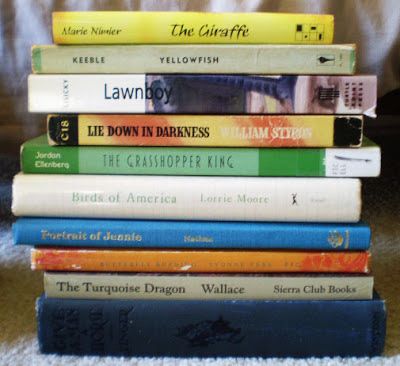
The Giraffe by Marie Nimier- apparently a little fable about a zookeeper who falls in love with a giraffe. Sounds a bit bizarre.
Lie Down in Darkness by Williem Styron- this is one of those titles I have always recognized, it sticks in my mind for some reason. Now perhaps I’ll finally learn what it’s about.
Birds of America by Lorrie Moore- I assumed, as did the people who shelved this book in the natural history section, that it was about birds. But it’s actually a short story collection. Hm.
Portrait of Jennie by Robert Nathan- this is an old favorite of mine but I got a second copy on purpose so I can give it to one of you when I finally write about this dear book!

African Violets by Helen van Pelt Wilson- mine aren\’t flowering. Maybe this book will tell me why!
In and Out of the Garden by Sara Midda- this book looks absolutely lovely. It’s little notes and tidbits about gardening all with the most wonderful handdrawn lettering and illustrations. Here’s a few samples I pulled offline.
the rest of that stack is mostly books about birds, especially birds of prey. I’ve always had a minor fascination with falconry. Picking up on that once again…
see anything you recognize? What should I read soonest?


